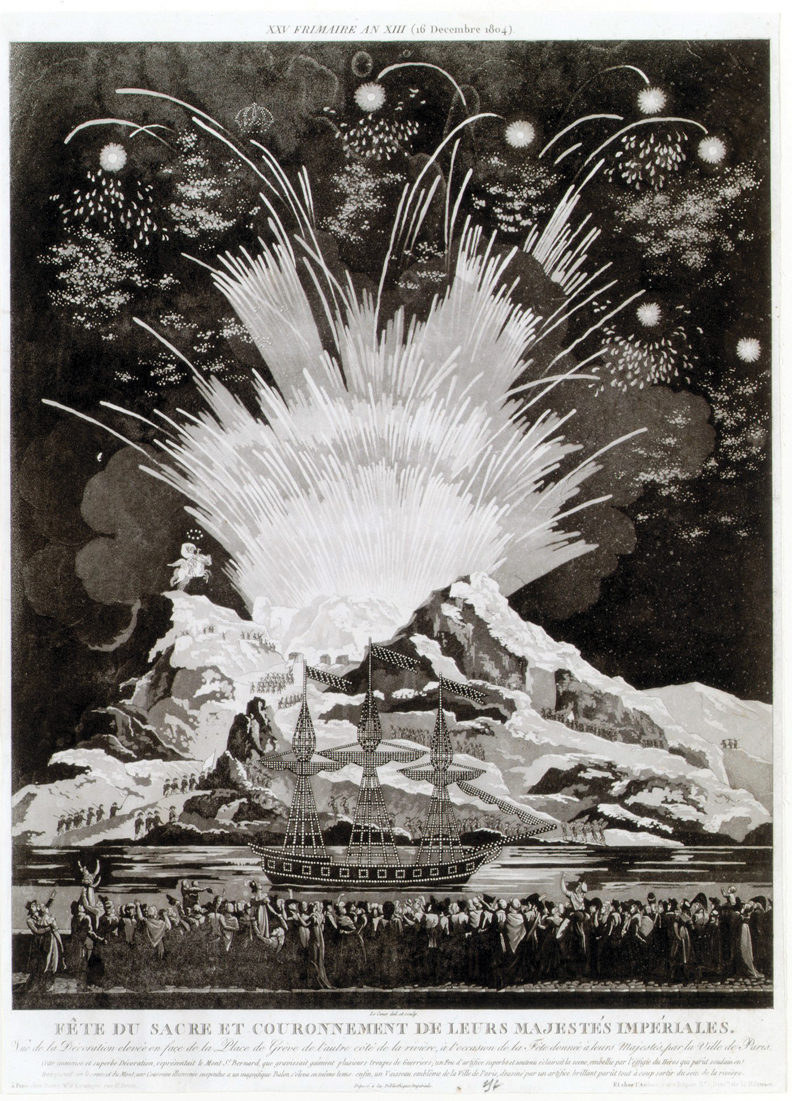Da Capo
from Even No. 10, published summer 2018
Just this past winter, in Dallas, I drove a fuel-slurping SUV down a 16-lane freeway to the Nasher Sculpture Center, one of Renzo Piano’s many serene glass boxes. There I held in my hand a sleek brown rock, eight inches long and weighing about five pounds, knapped at the edges and sharpened to a point: a handaxe, found in Mauritania and carved 200,000 years ago. Its maker was Homo erectus, and as I essayed its heft and fondled its symmetrical faces, I tried to imagine its creator — male or female, no one can say — and the world he or she lived in. It wasn’t easy. Between us was not just a difference in species, but a massive drought, a supervolcano eruption, an ice age, an extinction event. There are climates you simply cannot imagine.
Art is long, life is short, goes the aphorism. That leaves out a third player: the planet lasts longest of all, and treats human life and human art with equal disregard. As Annie Godfrey Larmon writes in the cover story of this new issue, climate change exceeds imagination to such a degree as to mock a species that calls itself sapiens. Recently Godfrey Larmon trekked to paleontological sites of a more recent epoch: the age of fossil fuels, when American artists headed west to build monuments intended, in some cases, to last forever. Now several of those earthworks are eroding, even as ever more aesthetes arrive by car or helicopter. Schiller’s classic contrast of art and nature won’t hold much longer. For nature, like art, is anthropogenic now — and The Lightning Field and its cousins need to be rethought for a new, inconceivable age in which weather will have the weight of history.
In this tenth issue, Even turns to matters of environment, evolution, and conservation, to ask who we are and what we will preserve. Climate change is an urban question as much as a rural one, of course, and as Wamuwi Mbao writes from parched Cape Town, some citydwellers can grow boastful about coming first in the climate crisis sweepstakes. Amanda Rees looks over the past year’s outcries over animals in art museums, and wonders at our selective interspecies alliances. Up in the mountains of Nepal, Erica Eisen explores worn Buddhist paintings whose conservators are waging their own kind of decorative destruction.
Even the most conservative estimates from the Intergovernmental Panel on Climate Change confirm that a meaningful retard of this century’s in-progress catastrophe will require the same mustering of forces that the last century brought to total war. If we have any hope at all, it starts in the imagination — in the hazy feeling that other lives, and species, are like our own, and that as authors of our own downfall we can be our own redeemers too. One of art’s only functions is to embody our ideals when the world outside disfavors them. That is what a painting does, or a lightning field, even: it reminds you what to live for.
—Jason Farago, editor

Break out the champagne. A varied crowd of revelers, some in fancy frock coats but many in simple white bonnets, has scampered down to the quay by the Hôtel de Ville. Fireworks blast off in the thick, sooty air, and an unsinkable three-masted boat, symbol of the capital, rises up from the floor of the Seine. And to the left of the scene, topped by a lustrous halo, is an effigy of a man on horseback, charging forward over a huge painted backdrop of the Alps: mountains brought to Paris, David’s great propaganda portrait brought to life.
When Napoleon Bonaparte crowned himself emperor in 1804, grabbing the thing out of the hands of Pope Pius VII, the festivities stretched well past Notre-Dame. Yet just a decade previously a guillotine sat here, its blade cheered daily by Frenchmen committed to no more figureheads. It turns out that the hunger for doing things yourself waxes and wanes, and that no philosopher or firebrand is sure what form is optimal for public happiness. Something is ending; something is beginning; both occasions are worth a party.